Beets are a wonderful crop to grow for many reasons. These vegetables are packed with nutrients, and you can harvest some of the leafy greens while you wait for the vibrant, fleshy roots to fully mature. To ensure healthy plants both above and below the soil, grow one or two companion plants for beets nearby.
Companion planting, also sometimes called polyculture or intercropping, takes advantage of the benefits that different types of plants offer each other. By growing compatible plants together, you can reduce pests, improve growth, and even enhance the flavor of your vegetables. Check out the lists below to discover some of the best companion plants for beets as well as a few that don’t get along well with them.
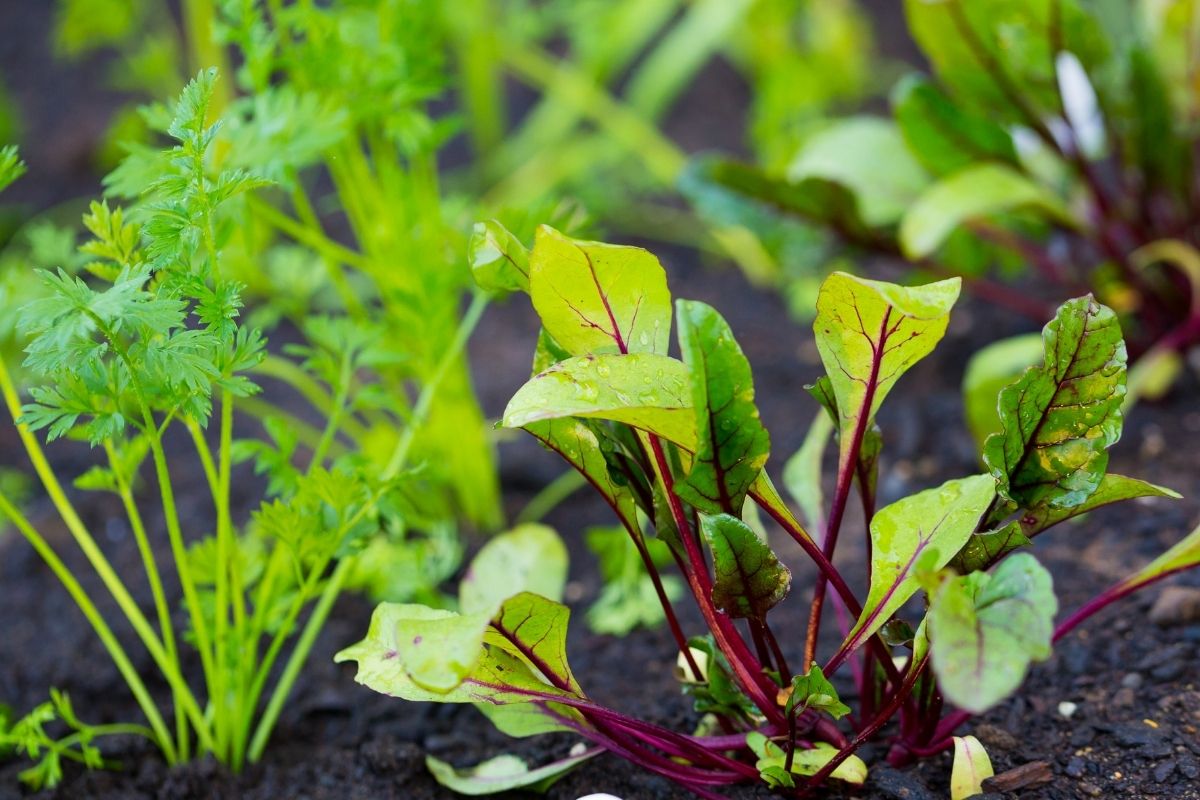
Best Companion Plants for Beets
Plant some of these vegetables and aromatic herbs near your beets for healthy plants and an abundant harvest! Here’s how to grow beets.
1. Bush beans
All types of bush beans make excellent companions for beets. These nitrogen fixers enrich the soil, providing important nutrients for beets and other plants. Beets also grow well alongside soybeans and butter beans, but not pole beans! See “Worst Companion Plants,” below, for more details on what not to grow with beets.
2. Cabbage
While beans help beets, beets in turn offer an extra boost to members of the brassica family, such as cabbage, broccoli, Brussels sprouts, cauliflower, and kale. Beets add important minerals to the soil that improve the growth and quality of plants in the cabbage family.
Bonus tip: if you don’t enjoy munching on beet greens, throw them on the compost pile to enrich your garden soil for the next growing season.
3. Catnip
Pungent herbs are great companion plants to have in the garden. While many herbs benefit beets, catnip is one of the best. Catnip repels many common insect pests, including aphids, flea beetles, and Japanese beetles.
Keep in mind, though, that catnip can spread somewhat aggressively, so you may want to plant beets in the herb garden rather than introduce catnip to the vegetable plot.
4. Garlic
Garlic and other alliums (members of the onion family) repel pests like aphids, flea beetles, and even some mammals. In addition, garlic emits sulfur into the soil, providing antifungal support to nearby plants, like beets. Many gardeners claim that garlic can also improve the flavor of beets.
Here are the best companion plants for garlic.
5. Lettuce
With its shallower roots, lettuce occupies a different level of the soil than beets do, reducing any competition between the two crops. Plus, the dense, broad foliage of lettuce makes it an effective groundcover, shading out weeds and improving moisture retention in the soil.
6. Onion
Like garlic, onions and other alliums – such as leeks, shallots, and scallions – deter many beet pests, from tiny but devastating flea beetles and aphids to larger munching critters like rabbits and deer, making them an excellent companion for beets.
7. Radish
Although most root crops will compete with beets and thus should be avoided, radishes are an exception. Radishes mature quickly, allowing you to harvest them before the beets develop. They can also be used to mark the rows of the slower-developing beets. Additionally, since they grow faster, radishes help loosen the soil for the larger root crop as well.
Need some ideas for using beetroot? Here’s a list of ways to prepare beets.
Worst Companion Plants for Beets
A few plants can inhibit the growth of beets or attract harmful pests or diseases to them. Plant these four worst companion plants for beets in another part of the garden.
1. Swiss chard
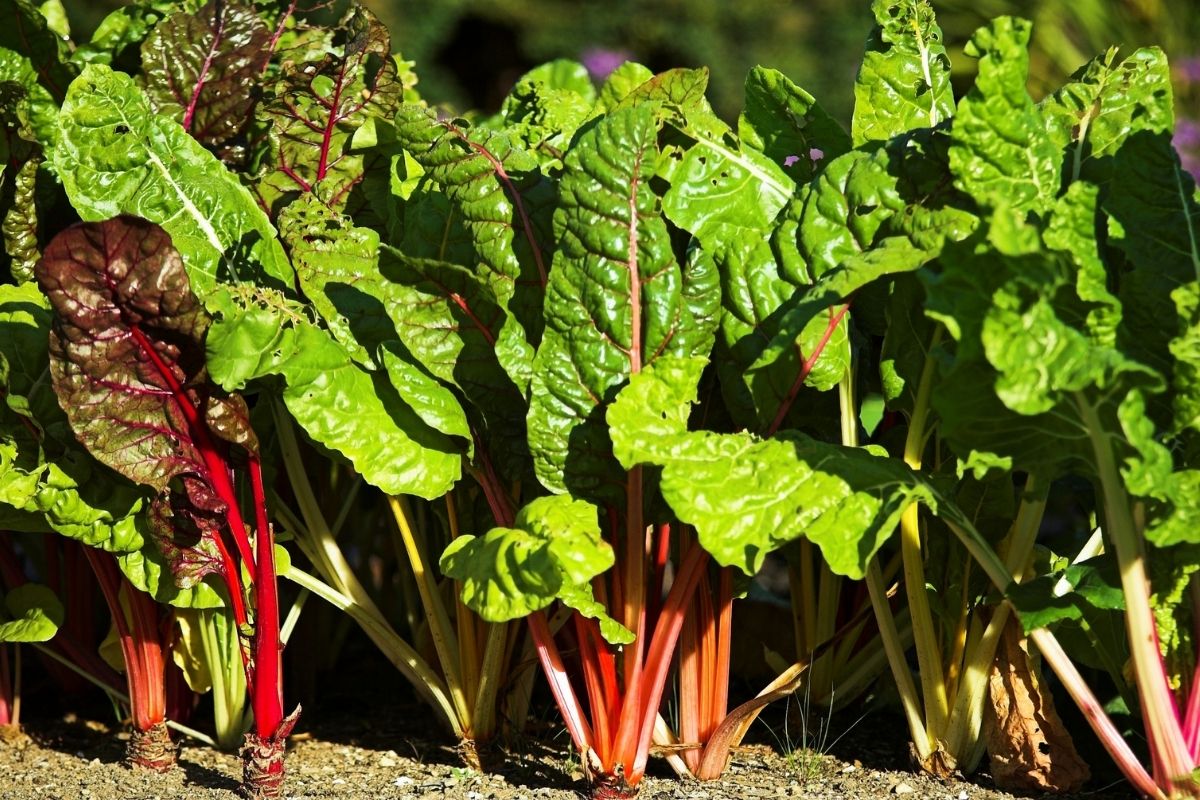
Chard and beets belong to the same family and share similar growing requirements, which may make it tempting to plant them together. However, they also share many pests and diseases that they can pass on to each other. Because of this, it’s best to avoid growing them side by side, and they definitely shouldn’t follow each other in a planting rotation.
Love chard? Try some of these delicious Swiss chard recipes.
2. Fennel
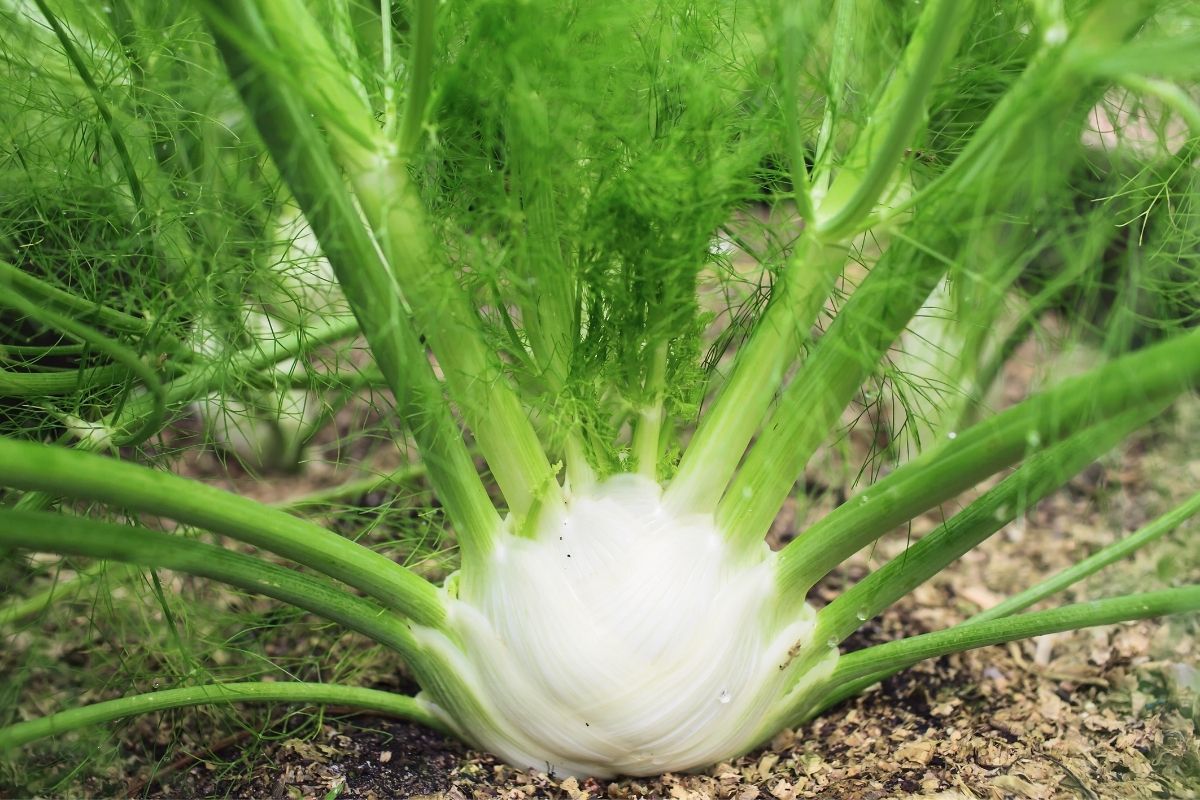
Fennel should really be grown in its own separate bed or plot, as it makes a poor companion plant for most garden vegetables and herbs. In fact, it can stunt or even kill other plants grown in the same vicinity.
3. Field mustard
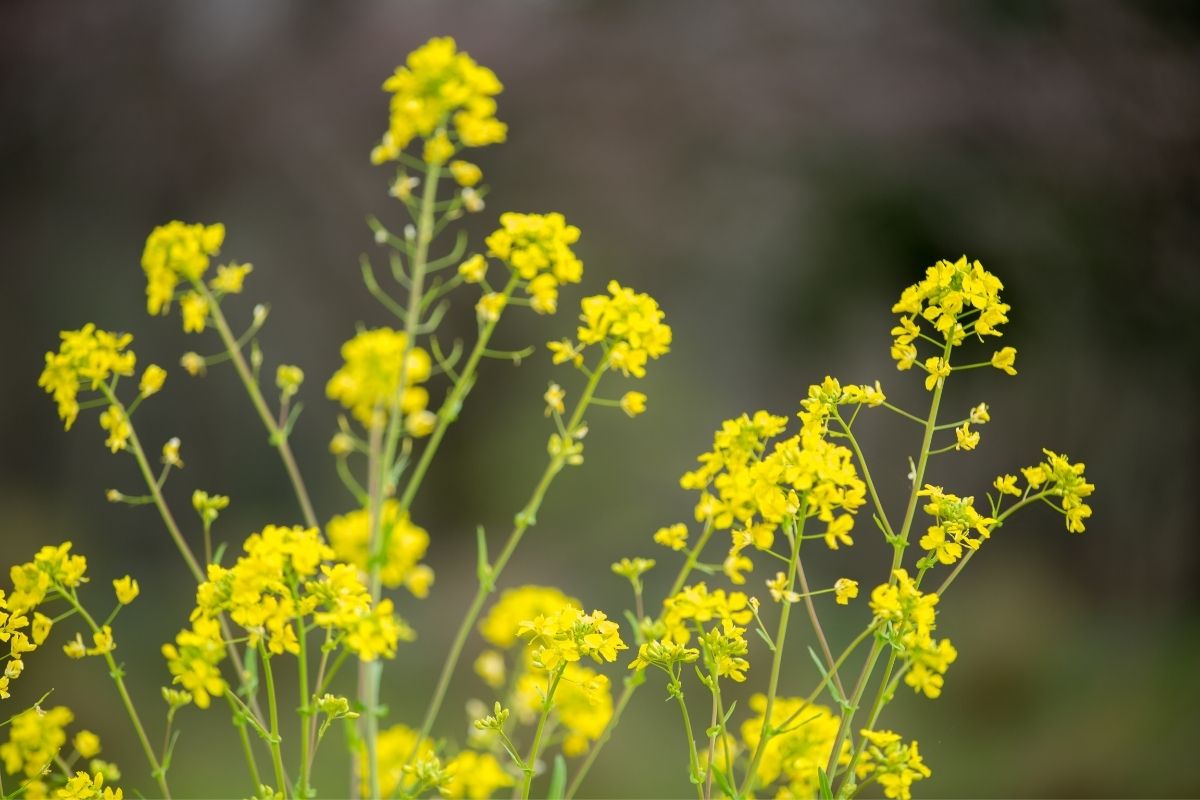
As with fennel, field mustard grown near beets can cause stunted growth, so keep these two plants at a distance from each other. This one shouldn’t be much of a problem, though, as field mustard is more often a weed than an intentionally planted crop.
4. Pole beans
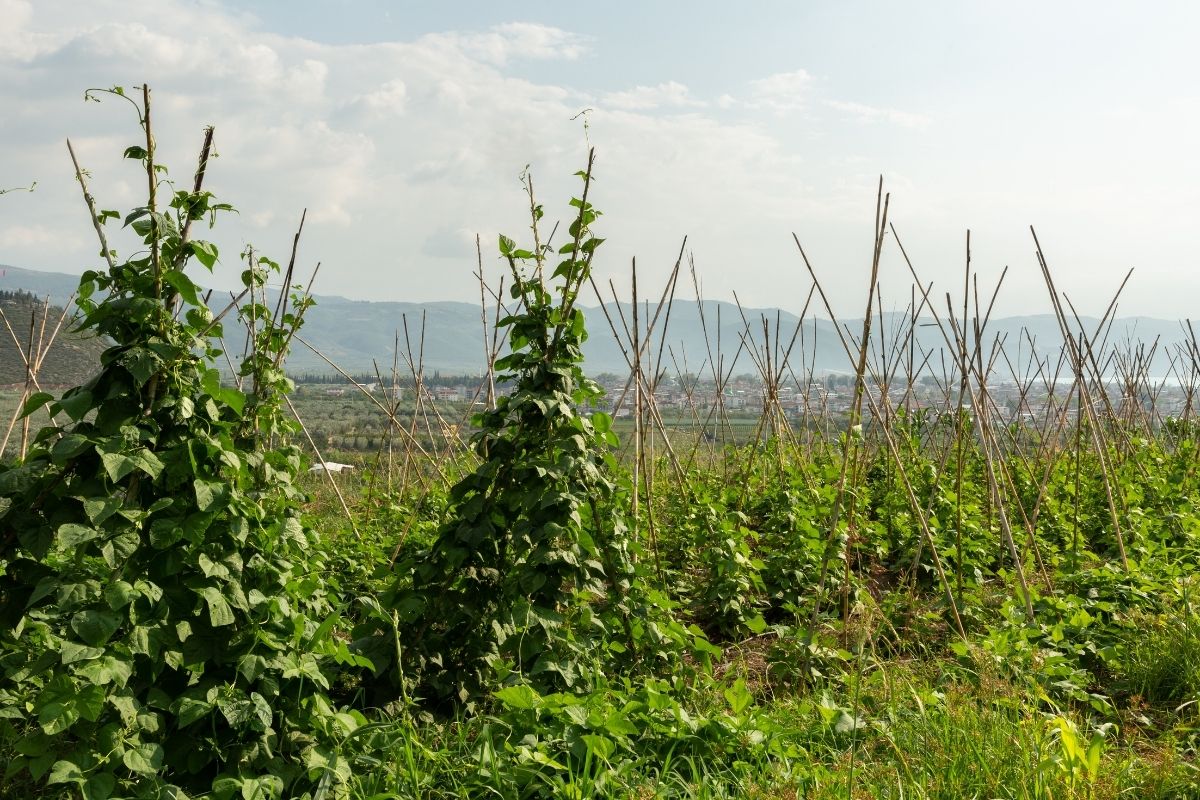
Confusingly, while bush beans are great companion plants for beets, pole beans are among the worst plants to grow alongside them. This is because pole beans and beets can impede each other’s growth. Additionally, while some nitrogen can be a good thing, too much will cause beets to produce lots of lush, leafy foliage at the expense of the roots — and pole beans fix more nitrogen in the soil than bush beans do.
Whether you enjoy beet greens, beetroots, or the whole plant, grow your beet crop alongside companion plants in your garden for an improved harvest.
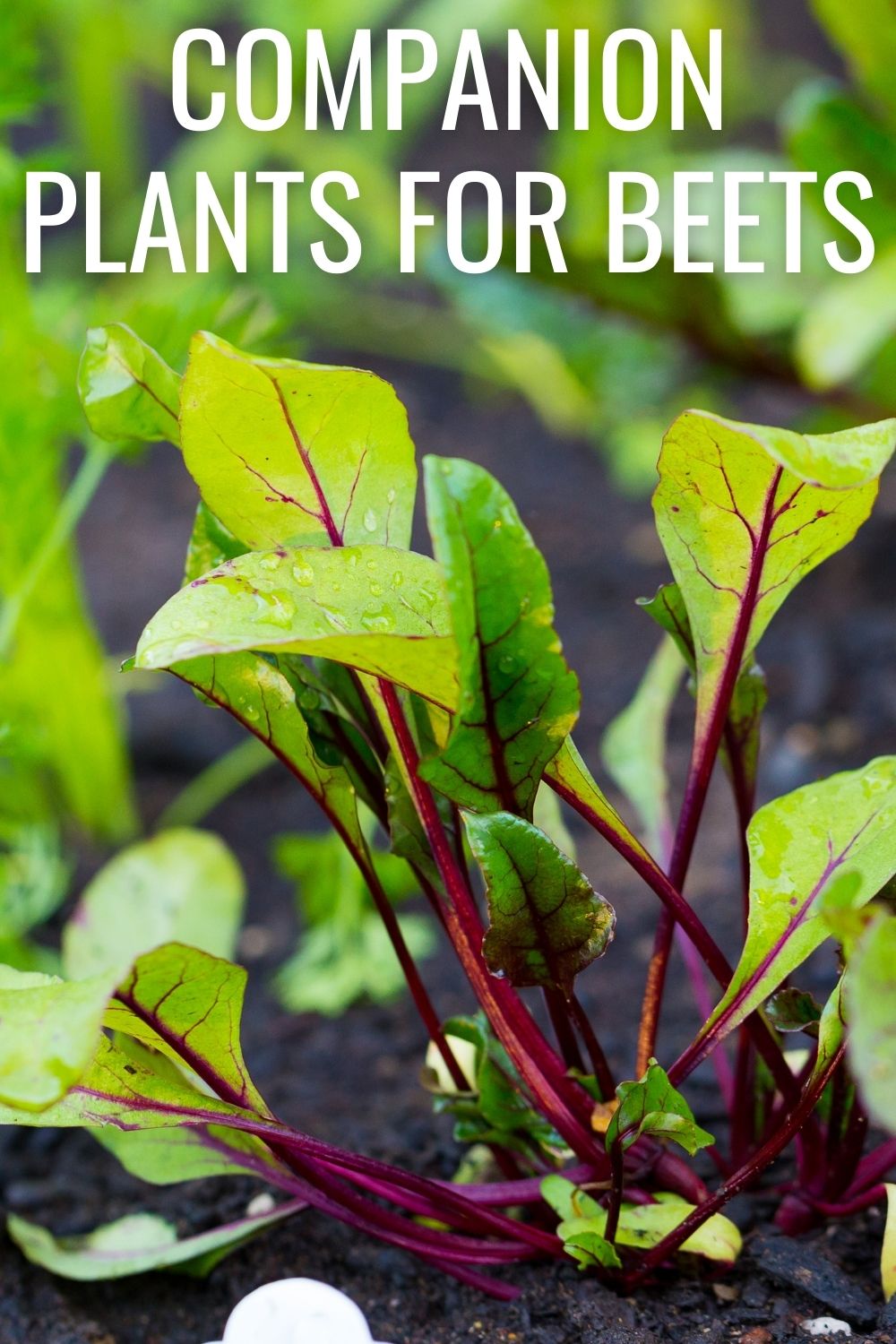

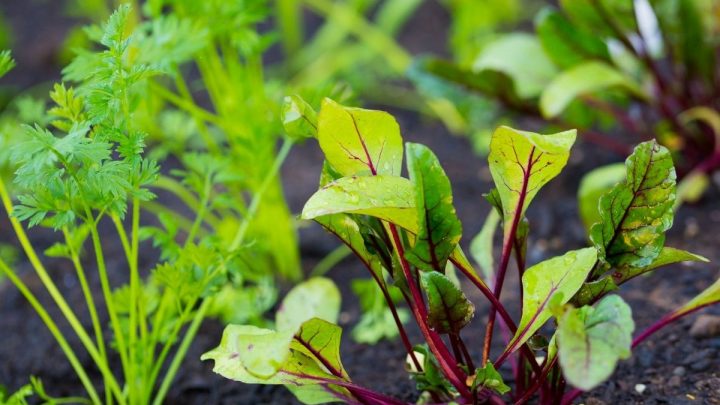
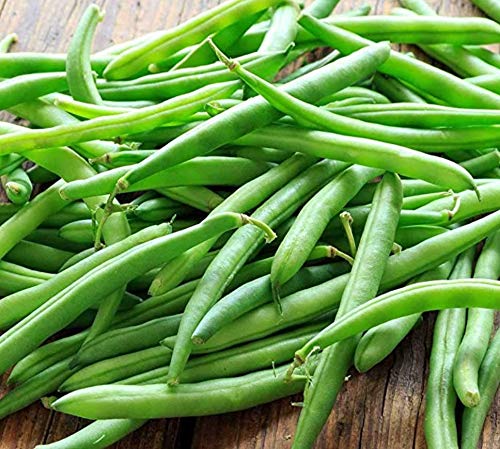







Is Beet A Vegetable? + 7 Important Beets Health Benefits
Friday 3rd of June 2022
[…] It is also important to note that beets are known to be a cool-season crop, and they can withstand several touches of frost. Learn how to grow beets and what plants are good companions for beets. […]
Companion Planting Guide (Including 7 Benefits Of Polyculture)
Wednesday 1st of June 2022
[…] Companion plants for beets […]